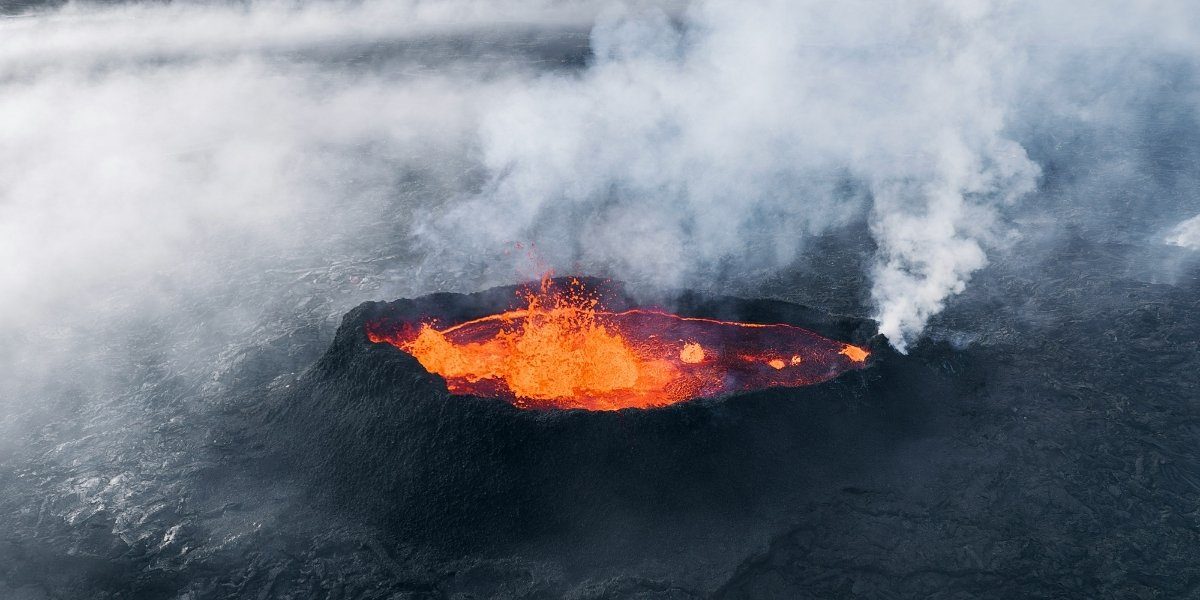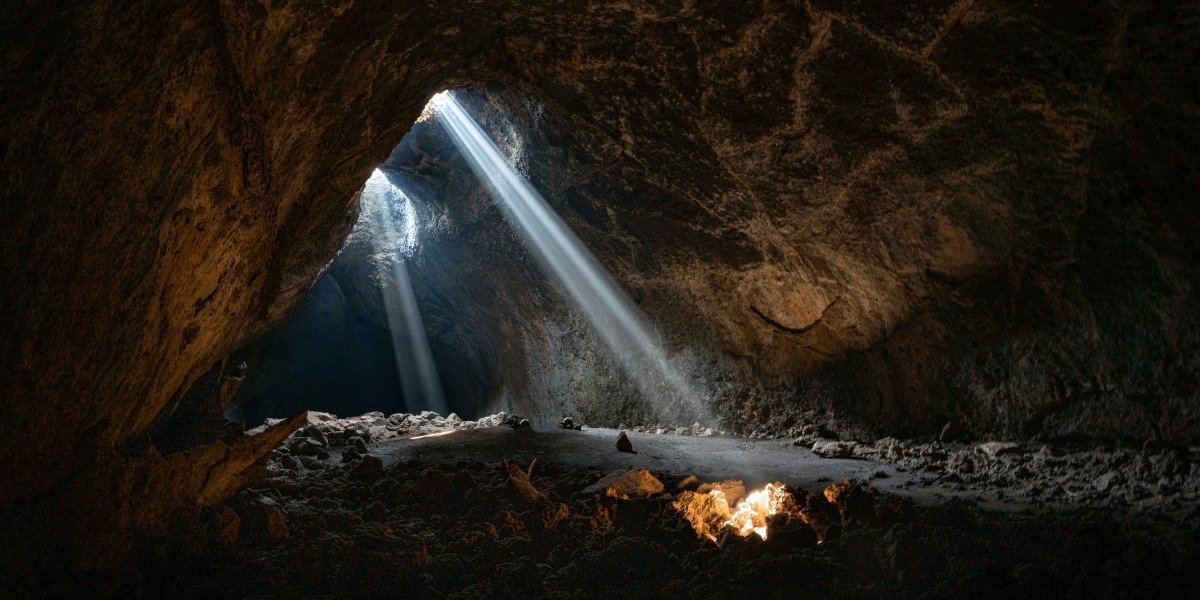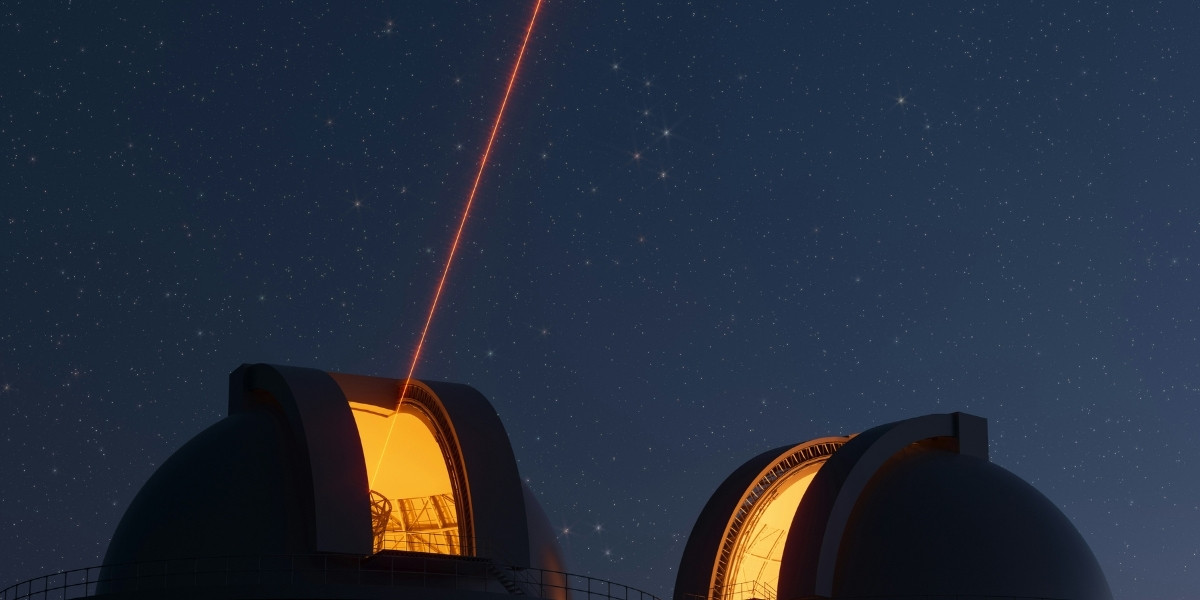Understanding Earth’s Fiery Giants: The Science and Impact of Active Volcanoes
Volcanoes, often referred to as Earth’s fiery giants, have captivated the human imagination for centuries. These powerful natural forces shape landscapes, influence climates, and have a profound impact on the environments and communities around them. From the explosive eruptions to the slow-moving lava flows, active volcanoes represent both danger and beauty. But how do they work, and what are the broader implications of their eruptions for the planet? In this article, we will explore the science behind active volcanoes and the impact they have on the Earth and its inhabitants.
Read Also: What Defines a Cultural Wonder in the 21st Century?
What Is an Active Volcano?
An active volcano is one that has erupted recently or is expected to erupt again in the future. While some volcanoes remain dormant for long periods, others exhibit signs of ongoing activity, such as earthquakes, gas emissions, and minor eruptions. Volcanic activity is a result of the movement of tectonic plates beneath the Earth’s surface, which creates pressure and allows magma to rise toward the surface.
The most common types of active volcanoes are shield volcanoes, stratovolcanoes, and lava domes, each of which has unique characteristics. Shield volcanoes, like Mauna Loa in Hawaii, have broad, gently sloping sides and are primarily built up by lava flows. Stratovolcanoes, such as Mount St. Helens in Washington, are steeper and more explosive, formed by alternating layers of lava and ash. Lava domes, like those found in Mount Pelee in Martinique, are steep, conical mounds built by highly viscous lava.
How Do Volcanoes Erupt?
Volcanoes erupt due to the build-up of pressure caused by molten rock, or magma, beneath the Earth’s surface. Magma forms when heat from the Earth’s interior melts rock, and it is less dense than solid rock, so it rises toward the surface. When the pressure exceeds the strength of the Earth’s crust, an eruption occurs, releasing gas, ash, and lava.
The force of an eruption can vary widely. Some eruptions are relatively gentle, with slow-moving lava flows, while others are highly explosive, sending ash and gas high into the atmosphere. Pyroclastic flows, fast-moving currents of hot gas and volcanic matter, can be one of the most dangerous aspects of explosive eruptions, traveling at speeds up to 700 km/h (430 mph).
The type of eruption depends on several factors, including the viscosity of the magma, the amount of dissolved gas, and the nature of the tectonic environment. Thick, viscous magma tends to trap gas, leading to explosive eruptions, while low-viscosity magma flows more easily, resulting in less explosive but more widespread lava flows.
The Impact of Active Volcanoes on the Environment
Active volcanoes can have both positive and negative effects on the environment. On one hand, volcanic eruptions can cause devastating destruction. Lava flows can burn and bury everything in their path, while pyroclastic flows can obliterate entire towns. Ash clouds can contaminate water sources, damage crops, and create hazardous air conditions for both humans and animals. For example, the eruption of Mount Tambora in 1815 caused the “Year Without a Summer,” a global climatic event that led to crop failures and food shortages.
On the other hand, volcanic activity can also lead to the creation of fertile soil. Volcanic ash and minerals enrich the land, which can support lush vegetation and farming. This phenomenon is why volcanic regions like Hawaii, Indonesia, and Italy have such fertile soils, making them ideal locations for agriculture. Over time, volcanic eruptions contribute to the formation of new land, such as the expansion of islands or the creation of lava plateaus.
Volcanoes also play a role in the Earth’s carbon cycle by releasing gases like carbon dioxide (CO2). While volcanic eruptions contribute to atmospheric CO2 levels, they are not the primary cause of long-term climate change, which is driven more by human activities like burning fossil fuels. Nonetheless, large eruptions can temporarily cool the planet by injecting ash and sulfur dioxide into the atmosphere, blocking sunlight and leading to a cooling effect known as volcanic winter.
The Risks of Living Near Active Volcanoes
Living near an active volcano poses significant risks, as volcanic eruptions can occur with little warning. Communities situated near volcanoes, especially in densely populated areas, must be prepared for potential evacuation and disaster relief efforts. Early warning systems, such as monitoring seismic activity and gas emissions, are essential for providing timely alerts to at-risk populations.
Despite the risks, many people continue to live near active volcanoes due to the fertile land, natural resources, and cultural significance these areas often hold. In regions like Indonesia, Italy, and Iceland, volcanic tourism is also a growing industry, with people visiting volcanoes for sightseeing, hiking, and educational purposes.
However, it is essential for residents to have proper disaster preparedness plans in place. Governments and organizations, such as the United Nations Office for Disaster Risk Reduction (UNDRR), work to educate people on the hazards of living near volcanoes and provide resources for building resilience and mitigating the impacts of eruptions.
Volcano Monitoring and Scientific Advancements
Monitoring active volcanoes is a critical part of understanding their behavior and mitigating the risks associated with eruptions. Scientists use a variety of tools and methods to track volcanic activity, including seismographs, gas analyzers, thermal cameras, and drones. By studying the seismic activity around volcanoes, scientists can detect early signs of magma movement and predict potential eruptions.
Remote sensing technology has also advanced, allowing scientists to monitor volcanoes from afar, using satellite imagery to detect changes in land surface and gas emissions. In many volcanic regions, volcano observatories have been established to provide real-time data on activity, allowing for better prediction and preparedness.
These advancements in volcano science are helping to reduce the human and environmental impacts of volcanic eruptions by improving early warning systems, enhancing evacuation plans, and fostering public awareness.
Volcanoes in Popular Culture
Active volcanoes have captured the public imagination for centuries and continue to be a popular subject in film, literature, and media. From Mount Vesuvius and the destruction of Pompeii to the eruptive events depicted in movies like Dante’s Peak and Volcano, volcanoes are often portrayed as catastrophic forces of nature.
However, these cultural representations, while thrilling, often exaggerate the destructive potential of volcanoes and do not always accurately reflect the complexity of volcanic science. Despite their dramatic portrayal, volcanoes are not all violent eruptions; many are more passive, with slow lava flows and relatively small eruptions that are less dangerous but still awe-inspiring.
Read Also: Pedal Through Paradise: Top Countries for Your Next Cycling Adventure
The Fiery Giants of Earth
Active volcanoes are fascinating natural phenomena that have shaped the Earth for millions of years. From their explosive eruptions to their role in creating new land and fertile soil, volcanoes have a profound impact on the environment, human populations, and the planet as a whole. Understanding the science behind these fiery giants and the risks they present is essential for living in harmony with Earth’s dynamic systems.
While active volcanoes can be destructive, they also contribute to the Earth’s geological processes, enriching ecosystems and influencing climate patterns. By continuing to study and monitor these powerful forces of nature, we can better prepare for their impact and appreciate the vital role they play in the natural world.








